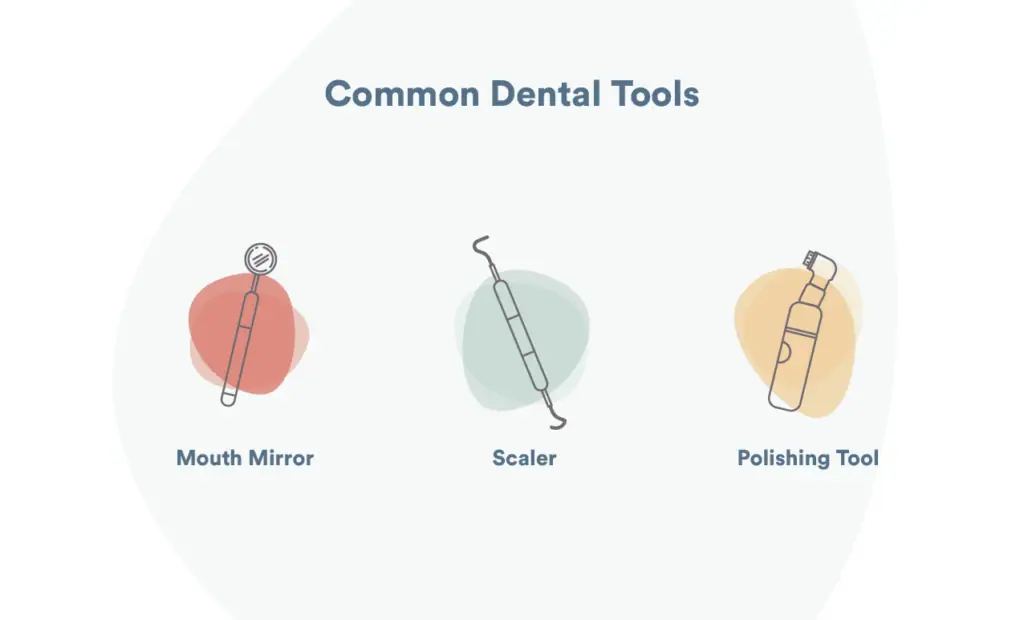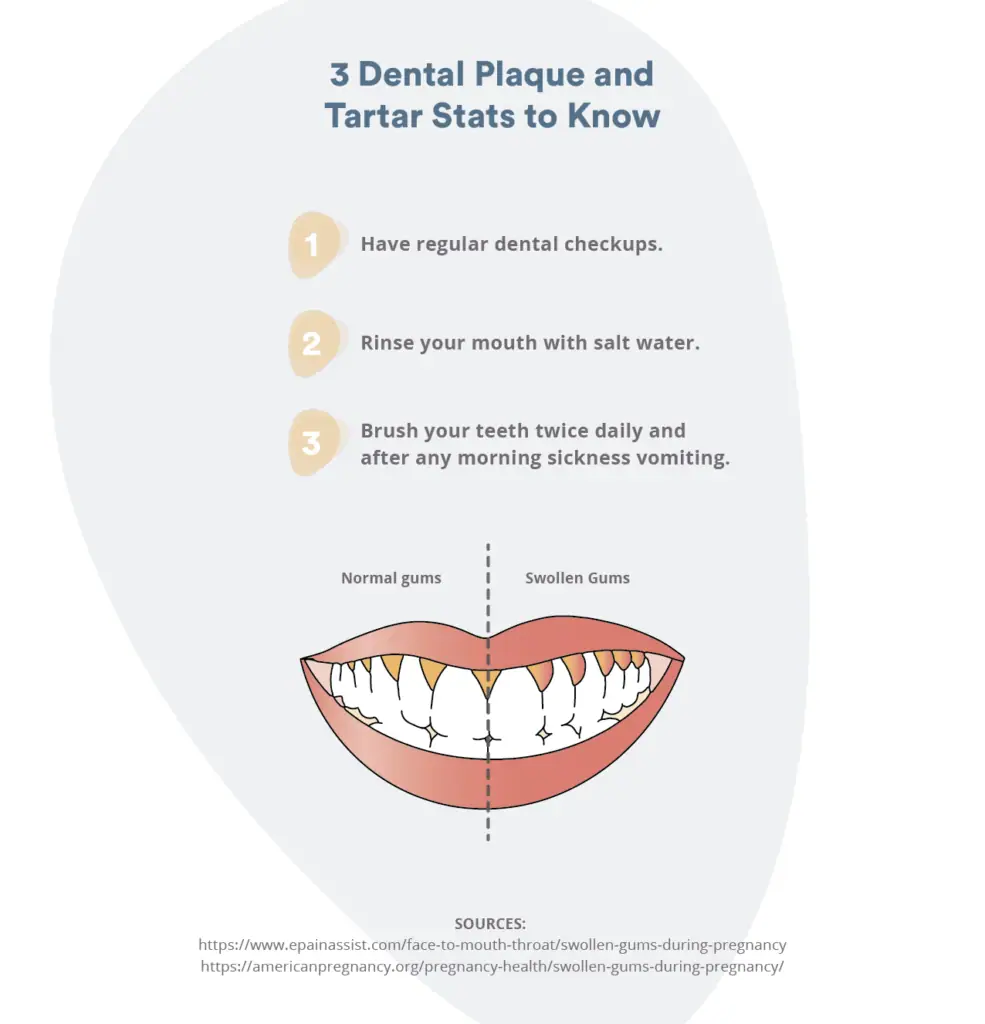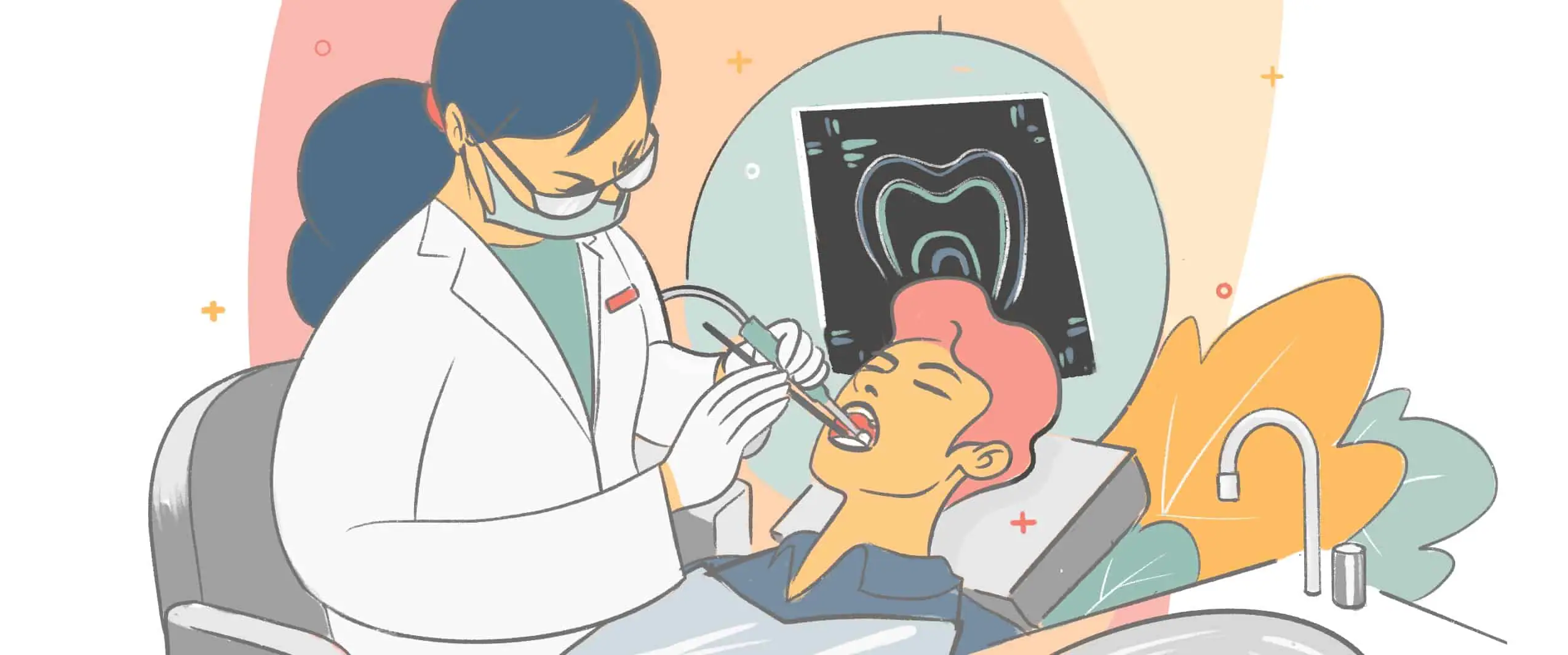Visiting a dentist is essential for oral and overall health, but how often should you go to the dentist, really? Most dentists recommend biannual checkups, though this can vary. Dental insurance typically also covers two visits a year.
But twice a year dental checkups may not work for everyone. How often you schedule dental visits depends on a variety of factors that we’ll cover in this piece.
Dental Checkups: Why Do We Need Them?
We’re going to ask you the same question any dentist will the moment you sit in the chair: are you experiencing any dental pain? If your answer is no, that’s great but you shouldn’t wait until you feel pain before you go to the dentist. Of course, if you have oral pain or a dental accident like a chipped tooth, that should prompt you to make an appointment. But you shouldn’t use pain alone to decide how often you should go to the dentist.
Even those who brush and floss carefully will still get plaque build-up. Plaque hardens into tartar which can lead to cavities and gum disease. Your dentist or dental hygienist can more thoroughly clean your teeth and prevent dangerous tartar.
Dentists can also spot potential problems you may not have noticed yet. Not all dental issues cause pain right away and not treating a problem early on makes it more challenging to fix in the future. Your mouth can also show signs of various medical conditions; such as anemia, diabetes, and oral cancer.
The American Cancer Society states that many pre-cancers and oral cancers can be detected early during routine exams by a dentist. Regular dental checkups involve examining your entire mouth. When dentists notice concerning medical signs in your mouth, they can refer you to a specialist who can further analyze the situation.
What to Expect at a Dental Checkup
Whether it’s been a while since your last dentist appointment or you visit frequently, you may wonder how the process works. Here’s what to expect if you need a refresher.
Due for a checkup?
Find a top rated dentist near you that takes your insurance.
Most dental sessions start with questions about your general health and any dental problems you’ve noticed. Your dentist or dental hygienist may also ask about your teeth-cleaning habits, diet, and whether you smoke, or drink alcohol. Your medical history updates will be recorded and sometimes they can even measure your blood pressure and heart rate.
Some visits may require x-rays to be taken of your mouth and teeth. X-rays allow your dentist to see the areas below your gums and between your teeth. The x-ray photographs help diagnose problems a dentist can’t see at a glance such as bone loss, cavities between your teeth impacted wisdom teeth, abscesses, and bone changes linked to some diseases. Radiation doses from dental x-rays are extremely low and they’re only required periodically. If you’re pregnant, especially in the first trimester, inform your dentist as they may choose to postpone this step of the examination.
It’s crucial your dentist examines your teeth, gums, throat, tongue, and mouth. You might also be checked for swollen lymph nodes and they may look at your lower jaw joints. Your overall mouth health will answer how often you should go to the dentist.
Get to Know the Dentist’s Tools
Laying out on that tray will be a lineup of instruments you may not recognize. One of these helps dentists measure the spaces between your teeth and gums. Why is this important? Wide spaces can suggest gum disease.

Small, hand-held mirrors help dentists see all parts of your mouth. The mirrors reflect light which lets them see tartar deposits more easily. With x-rays and this mirror tool, dentists can notice cavities, gingivitis, and sometimes abnormalities including tumors or cysts.
Hand-held scalers are metal devices used to scrape plaque and tartar off your teeth. The pointed end is used above the gum line and the curved end safely cleans below the gum line. Following plaque and tartar removal, your dentist will use a mild abrasive polishing paste on a rotary tool. The polisher leaves your teeth looking white and shiny. Many times it also contains fluoride which is excellent to protect your teeth from future cavities.
The dentist or dental hygienist will usually wrap up by flossing your teeth. If this causes your gums to bleed, it’s a sign you haven’t been flossing regularly on your own. How often should you go to the dentist? If you excel at flossing and brushing, it could be less often than other patients.
At the end of your appointment, you and your dentist will discuss best oral hygiene habits and when you should return. But, assuming there aren’t any cavities or other oral issues to address, how long should it really be before your next checkup?
How Often You Need a Dental Checkup
The amount of time between dental checkups varies.
The spacing could be as short as three months or as long as a year (some even say two). The American Dental Association’s current stance is that dental treatment is unique and some people only need to visit one or two times a year, while others need more frequent visits.
How often you should go to the dentist is based on your current oral health, risk of future dental problems, changes to dental health, and age. Remember, this is for checkups alone.
Don’t wait until your next scheduled appointment if you are noticing any dental issues including (but not limited to):
- Tooth or gum pain
- Chipped teeth
- Temperature sensitivity
- Lost fillings
- Bleeding or swollen gums
- Mouth sores not healing
- Daily dry mouth
- Jaw pain
If you are experiencing no dental problems, maintain a strict brushing and flossing routine, haven’t had gum disease or cavities in the last few years, and aren’t part of any high-risk groups, talk to your dentist. Your dentist may agree it’s safe to lengthen the time between your visits so you get a checkup only once a year or even less frequently.
But people at high risk for dental diseases may need to have checkups more often than the standard twice a year recommendation. For these people, a visit every three or four months might be more appropriate.
Pregnant women for example should consider visiting the dentist more often. According to the American Pregnancy Association, increased hormone levels during pregnancy can result in gums swelling, bleeding, and trapping food. The association states preventative dental work during pregnancy is crucial for avoiding oral infections, including gum disease, which is linked to preterm birth. Cavity fillings and crowns should be treated to lower the chance of infection, preferably during the second trimester, before it’s challenging to lie on your back for an extended period of time. Avoid cosmetic procedures, such as teeth whitening, until after giving birth.

Another high-risk group is smokers. Those who smoke have a higher chance of developing severe gum disease (periodontitis) as well as oral cancer. The ingredients in cigarettes are harmful and smoking has a drying effect on your mouth. When your mouth is too dry, it doesn’t rinse away bacteria as effectively. The best option is to quit smoking, but if unable to do that, you should see a dentist frequently.
The U.S. Department of Health and Human Services recommends cancer patients see a dentist about a month before beginning chemotherapy, regardless of their standard checkup schedule. Chemotherapy kills cancer cells, but it can also harm normal cells in your mouth. It can make it difficult to eat or swallow, cause dry mouth, and you’re more likely to get an infection. Seeing your dentist prior to chemo can help to prevent these side effects.
Other high-risk groups include people with diabetes, heart disease, or those who are HIV positive. People with diabetes are at an increased risk for gum disease, fungal infections, and other oral issues. Dental health and heart health are connected and some suggest frequent dental cleanings might reduce your risk of stroke and heart attack. People who are HIV positive have a higher risk of infections and dental decay.
You will also want to see a dentist more times each year if you currently have gum disease, tend to get cavities or build up a lot of plaque, or have a weak immune system response to bacterial infections. If you aren’t sure how long you should wait between visits, ask your dentist!
Professionals who have just thoroughly examined your mouth and have been tracking your dental history know better than anyone else what is appropriate for your situation. Using the same dentist (or dental team) consistently makes this determination easier than if you are constantly switching between different dental practices.
Children should have their first oral exam either by their first birthday or when the first tooth comes in. The frequency of their visits is usually similar to adults and it can be convenient to schedule dental appointments at the same time. When children have regular dental visits in childhood, they tend to be more comfortable with dentists.
No matter how often it’s necessary for you to see a dentist, your appointments will go more smoothly if you are diligent about your oral hygiene. Make sure to brush at least twice daily and floss every day. Have high standards for your oral health and your overall health will benefit.
Due for a checkup?
Find a top rated dentist near you that takes your insurance.









